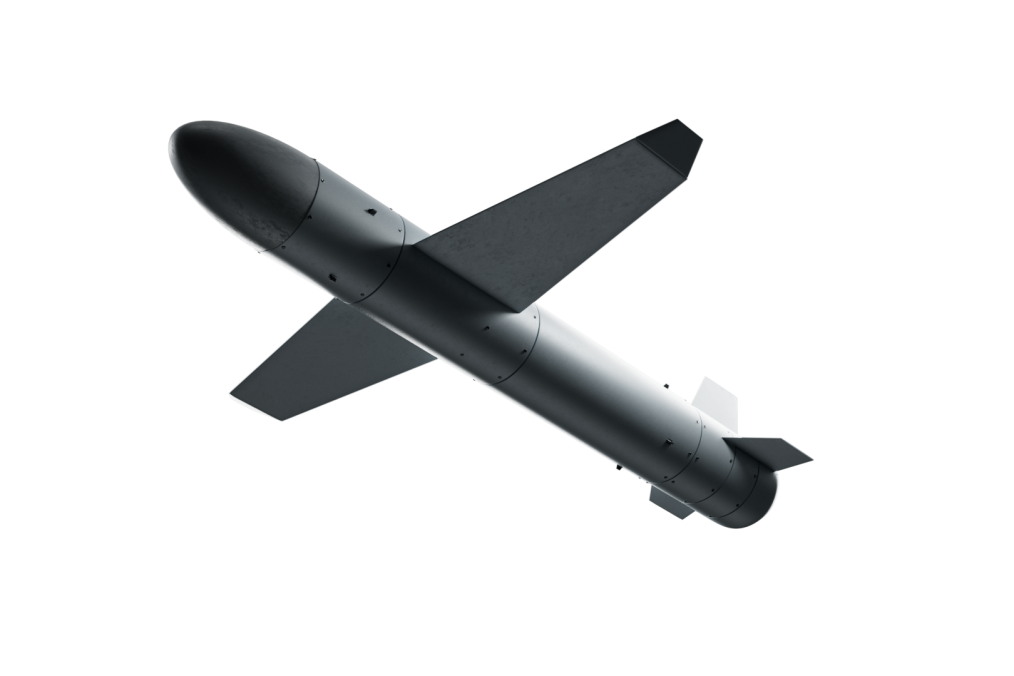- Category
- Latest news
Lithuania to Allocate €10 Million for Ukraine’s Purchase of Palianytsia Rocket Drones

Ukraine will receive €10 million from Lithuania for the purchase of domestically produced Palianytsia rocket drones. This was confirmed by Minister of Strategic Industries of Ukraine, Oleksandr Kamyshyn, following a working group meeting at the Ramstein military base.
“We have received new confirmation from the Lithuanian Minister of Defense regarding the allocation of €10 million for the purchase of the Ukrainian Palianytsia rocket drone,” Kamyshyn stated.
Earlier, In August 2024, the Palianytsia rocket drone was used for the first time by Ukrainian forces to strike a military target in the temporarily Russian-occupied Crimean Peninsula. President Volodymyr Zelenskyy made the announcement on Ukraine’s Independence Day, confirming the successful use of this new weapon.
Although the specific target was not disclosed, it was part of a broader operation, and the Palianytsia drone successfully hit its intended objective, marking a milestone in Ukraine’s defense capabilities.
What Is the Palianytsia Rocket Drone?
The Palianytsia is Ukraine’s first long-range rocket drone, developed in response to Russian air superiority and missile attacks. Its range allows it to strike deep into Russian territory, including up to 20 airfields that house Russian military aircraft. Crucially, Ukraine is currently restricted from targeting these areas with Western-supplied weapons, making the Palianytsia a vital tool for Ukraine’s defense.
Development of the Palianytsia began roughly 18 months ago, involving specialists from multiple fields. Despite being a complex and technically advanced weapon, its production costs less than one million dollars per unit, a relatively low price for such capabilities. The rocket drone features a turbojet engine that enables sustained flight at high speeds and altitudes, along with advanced IT systems for navigation and maneuverability.
According to Ukrainian Minister of Digital Transformation Mykhailo Fedorov, the Palianytsia’s development is part of a broader initiative to increase Ukraine’s self-sufficiency in defense technologies. The missile can operate autonomously, using satellite-based navigation systems, and is designed to resist interference from enemy electronic warfare systems.




-72b63a4e0c8c475ad81fe3eed3f63729.jpeg)

-111f0e5095e02c02446ffed57bfb0ab1.jpeg)
